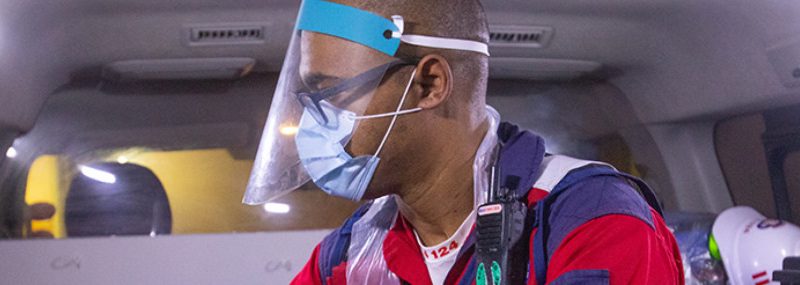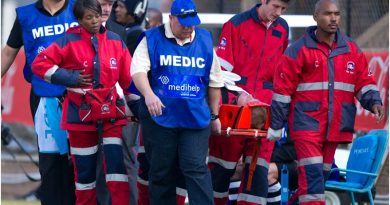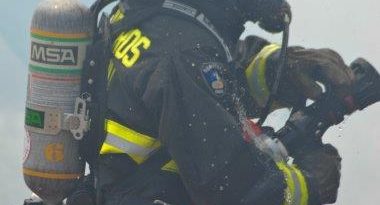ER24’s protective measures to help flatten the curve
Paramedics use next-generation technology and high-quality protective equipment to protect themselves and their patients from COVID-19 infection.
When the World Health Organization (WHO) declared the COVID-19 outbreak a pandemic in March 2020, ER24 was ready and waiting to respond. “Our teams have begun preparing since before the disease was first reported in South Africa,” says Dr Robyn Holgate, Chief Medical Officer: ER24, “and as we have moved through the different stages of this pandemic, we have evolved.”
ER24’s initial response involved preparing teams across the country and helping them to plan how to manage the public health effects of a new disease. “We critically evaluated and learned from the experience of our international colleagues and used that information to implement new standards and best practice protocols.”
Now, branches are rapidly moving towards a response and mitigation phase: managing an expected patient load and mitigating the effect of the pandemic in the community.
Dr Holgate was at the forefront of creating Mediclinic’s cutting-edge online screening tool designed to help the public understand their symptoms and know what to do next. “The first objective was to alleviate public confusion and relieve strain on our emergency centres, by creating a screening tool and provide reliable advice on the need for testing,” explains Dr. Holgate. “People were calling in to ask, should I get tested, and where and how does that happen? This tool gives you the answers you’re looking for in just a few clicks. An agent at the ER24 Contact Centre then provides locality-specific advice on where and how you could go for testing.”
Paramedics have been comprehensively trained in the art of managing their infection risk and preventing the spread of coronavirus disease, even as they manage and transfer COVID-19 positive patients. “Infection control principles have been implemented for many years, as we transport many patients with infectious conditions, but because of a widespread infection, we will need to implement COVID-19 personal protective equipment for all calls we respond to,” Dr. Holgate explains.
Medics are provided with safety spectacles, goggles, and face shields, which are to be worn along with examination gloves, disposable gowns, and booties – as well as high-quality surgical face masks. “How, when, and why to use the appropriate equipment has been reiterated and practiced again and again. We have implemented a buddy system for informing an EMS partner when an infection principle may have been breached. We’ve practiced and discussed infection prevention so much the fundamentals have become an everyday routine.”
Where to from here? “We expect to see an increase in rapid-response emergency calls to patients who are critically ill,” she says, “and may need advanced interventions at the scene. These are primary response calls – but we also expect to see an increase in interfacility transfers as hospitals become overwhelmed, and we may be required to move patients to a more suitable facility.”
All of these steps have one goal in mind. Safety. “Securing the safety of our staff and patients during the pandemic is critical,” says Dr. Holgate, “and, as an emergency service, we have made every effort to ensure there is no disruption to quality patient care. Regardless of whether the emergency is COVID-19 related or not, our promise to our patients is to ensure an emergency resource is en route.”




